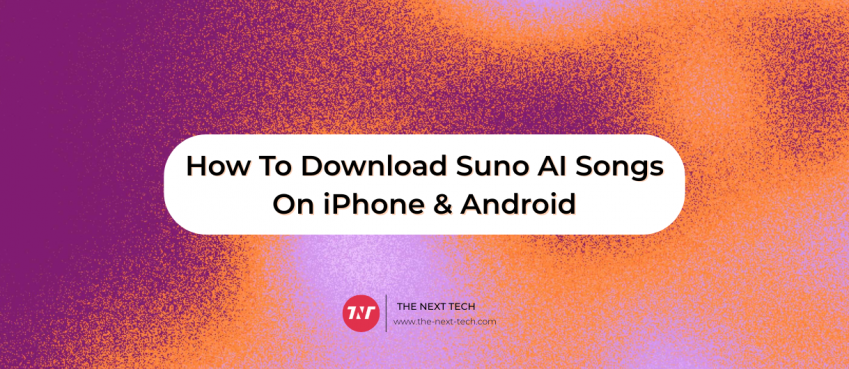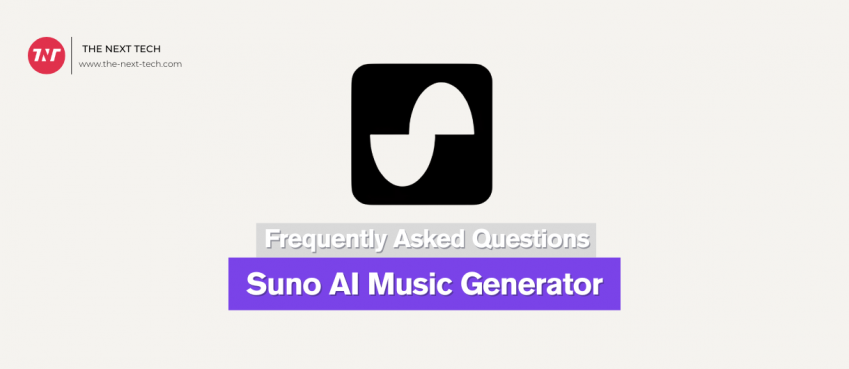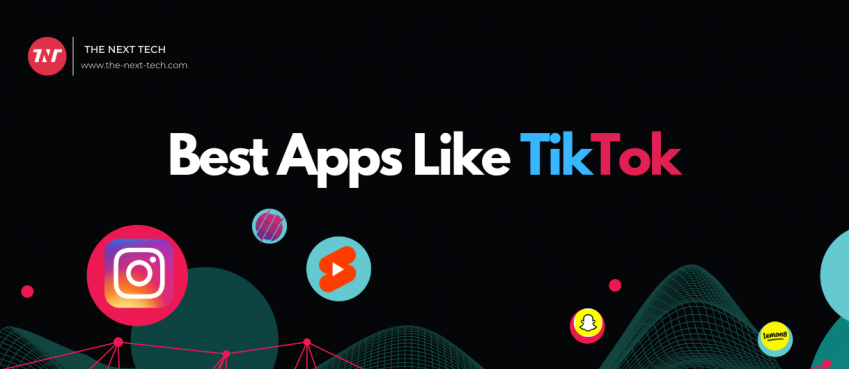
Mobile app pricing Introduction:
In this age of digitization today every business owner is getting their dedicated application designed, but a major challenge that they are facing is in deciding the price of the application. Various thoughts like, if the price of the application is kept high then there may be chances that users may not but the application and if the price is kept low then the invested money can not be retrieved back.
Therefore in this scenario, the pricing strategy plays a significant importance in deciding the initial interaction and visibility in the application store. The success of mobile application development is determined by how the application has been priced. And accordingly, with the number of downloads long run user maintenance can be planned.
In mobile application development, one of the most difficult and important parts is “Mobile app pricing”. In order to get the application marked on the app store, it is vital to use the correct pricing strategy.
The statistical analysis states that 30% of the traffic comes from smartphones and mobile devices, therefore it is crucial to select the right pricing plan for the mobile application. Also, market anticipation is that the global app revenue will rise to $101.1 billion in 2020. It is clear that it is a huge marketplace where a good opportunity of business exists.
Now the application market is at boom and is adding more value to the customers’ experiences. Therefore for survival in such a competitive environment, it is important to understand customer’s psychology and make a business plan which focuses more overpricing strategy.
What is App Pricing Strategy
A pricing strategy is the guidelines that help in getting money from the application. Various types of mobile app pricing models are followed in the market these days.
In this blog, we will provide you the information regarding the most popular pricing models that are widely used and the correct way to select the mobile app pricing model.
Pricing models that are popular for mobile apps:
For selecting a pricing model that would be perfect for your business you may follow these steps:
● Firstly, application development purposes should be well analyzed.
● Identify the target audience. Are you willing to cater to a large user base or a niche market?
● The cost of creating a mobile application should be well known.
● For achieving profits and accomplishing goals proper understanding of the marketing campaigns and business flow should be there.
● In order to be different from the crowd, proper market analysis plays a vital role. By analyzing competitors’ market strategy one can identify that the prices should be low or high.
Freemium Model:
In this pricing model, the application can be freely downloaded and installed. Though, to use extra features, subscriptions or to access the additional content available within the application the customer can make payment for that. From in-app purchases more money can be earned in the form of paid subscriptions, paid ad removal, virtual currency for example in games like Subway Surfer, Candy Crush life can be purchased.
Advantages:
● More organic traffic comes with the application which is free.
● Users can easily switch to the upgraded versions.
● Includes numerous monetization strategies.
● Users are well engaged within the application
Disadvantages:
● For generating proper revenue high user engagement is required on the application.
● Proper management of updates is required.
● There is a lot of burden on the developers regarding the in-app functionality.
● At times may cause irritation to the users.
Free Model:
The name itself defines that an application following a free model can easily be downloaded without paying any amount. In order to attract more users, this is one of the effective models which is widely used. Therefore, for enhancing brand awareness and user base this model is a perfect choice.
Generally, free applications are selected by those companies which focus over-designing products or services so as to increase their proposition. Moreover, these applications can be used as a tool for customer’s engagement and providing relevant information.
Advantages:
● The number of downloads are more.
● Expectations of the users from free applications are really less.
● This model is picked by most of the appreneur.
Disadvantages:
● There is no guarantee for revenue.
● Users can get distracted from advertisements.
● For generating good revenue high user engagement on application is required.
● User loyalty rate is low.
Paid Model:
This model is picked by the companies which target the customers who are willing to use full app experience without in-app purchases. In this model, users have to pay only once that is at the time installing the application on the phone. The application comprises entire features and functionality all together. This model is considered to be the least because of the huge popularity of free and freemium apps models.
If you are selecting a paid model, it is really important to have strong marketing back up. To encourage users to purchase the application similar to that of an application which is available in the app store free of cost, an effective marketing strategy needs to be made. Along with this, a detailed description of the application should be available on the app store so that a potential customer should be acquainted with the value that you are offering with the application.
Users possesses high expectations with paid applications. Although if you manage to get users, soon they turn into loyal customers if the application offers expected values. Brands opting for this model, use a free trial approach. This tends to be the best practice for approaching long term users by displaying what the application is all about and providing an opportunity for making a choice.
Advantages:
● The revenue stream gets established.
● It is a base for loyal customers.
● Increase in user ratings.
Disadvantages:
● Prospective users are unlikely to attract because of the price factor.
● High user expectations.
Paidmium:
Applications following this model are a divine mixture of freemium and paid models. In this model, initially users have to pay for installing the application but also have an opportunity to get access to additional features and content by paying the extra sum. Though, this strategy is not widely used but does possess the potential for generating great revenue streams. Paidmium model may be best suited for applications like music apps, navigation, and social networking apps.
Advantages:
● Payments are ongoing.
● Out of the box thinking is required for attracting new users.
Disadvantages:
● The number of downloads are less.
● Extremely high quality content and regular updates are required.
Pricing Strategies that can be used for Mobile App:
Analysing Consumer Behaviour and Psychology:
Consumer behaviour and psychology plays a significant role in deciding the price of the application. Today all the customers are aware, well informed and are focused over making conscious decisions.
In the market today, for every product many alternatives are available. Now in this scenario, how to assure that the customer will select our product? The answer to this question is by making the value of the product higher than its price. The human tendency is to compare the selected product with the available alternatives before making a choice.
Therefore, while deciding onto the app pricing strategy focus should be over:
● Define the value proposition that you are offering.
● Ensure that the offerings possess a greater value than offered by the competitors.
● And analysis on the other available products should also be there.
Testing on various price range should be done:
In order to identify what market is willing to pay, testing of the product at different price levels should be done to get the market response.
Market and Competitor Analysis:
Determining the price of the application after market analysis is an intuitive approach. Analysing the strategy that competitors are following and the user base to which you are targeting can help in discovering the opportunities where the competitors are lacking.
Design a product that users Desire:
Before you can consider the expense of mobile application development, you have to ensure you plan an application that users need to buy. Obviously, you have various thoughts yet will you have the option to make those thoughts into an interface that isn’t just captivating yet in addition working for the end-users who will purchase your application.
Affordable prices:
With the desired functionality the application should also be affordable for your targeted customers. If you are offering a better value to your customers at a decent price, then the customer base would be loyal and with the mouth publicity and recommendations you can cater new customers too.
Also read: Spotify User? Guide To Cancel Spotify Premium Subscription
Conclusion:
Unmistakably, a legitimate pricing model can do amazing things for an application and your business. What’s more, truly, picking a pricing model for applications and really evaluating them is amazingly hard and requires a great deal of exertion, analysis, and experience. In any case, if you do it right, be sure, your business will flourish!
Top 10 News
-
01
[10 BEST] AI Influencer Generator Apps Trending Right Now
Monday March 17, 2025
-
02
The 10 Best Companies Providing Electric Fencing For Busines...
Tuesday March 11, 2025
-
03
Top 10 Social Security Fairness Act Benefits In 2025
Wednesday March 5, 2025
-
04
Top 10 AI Infrastructure Companies In The World
Tuesday February 11, 2025
-
05
What Are Top 10 Blood Thinners To Minimize Heart Disease?
Wednesday January 22, 2025
-
06
10 Top-Rated AI Hugging Video Generator (Turn Images Into Ki...
Monday December 23, 2024
-
07
10 Top-Rated Face Swap AI Tools (Swap Photo & Video Ins...
Friday December 20, 2024
-
08
10 Exciting iPhone 16 Features You Can Try Right Now
Tuesday November 19, 2024
-
09
10 Best Anatomy Apps For Physiologist Beginners
Tuesday November 12, 2024
-
10
Top 10 Websites And Apps Like Thumbtack
Tuesday November 5, 2024







